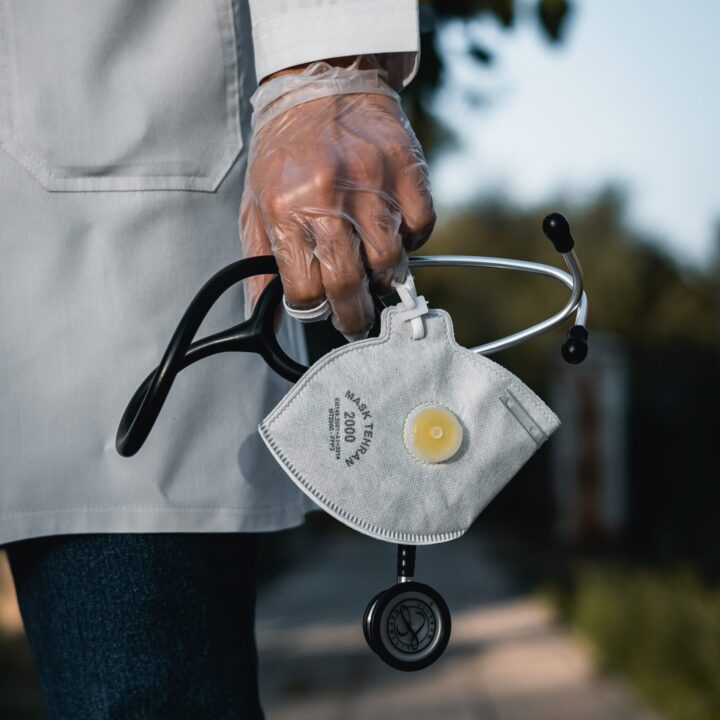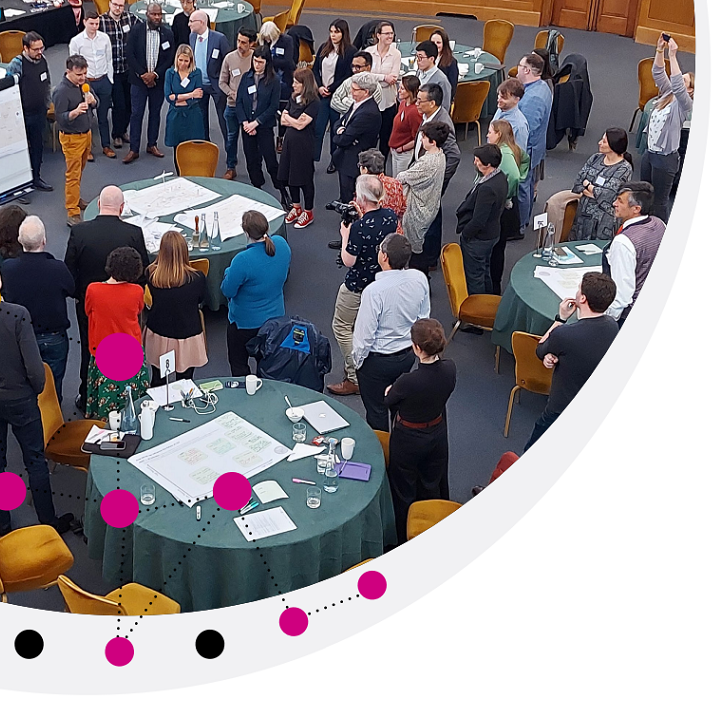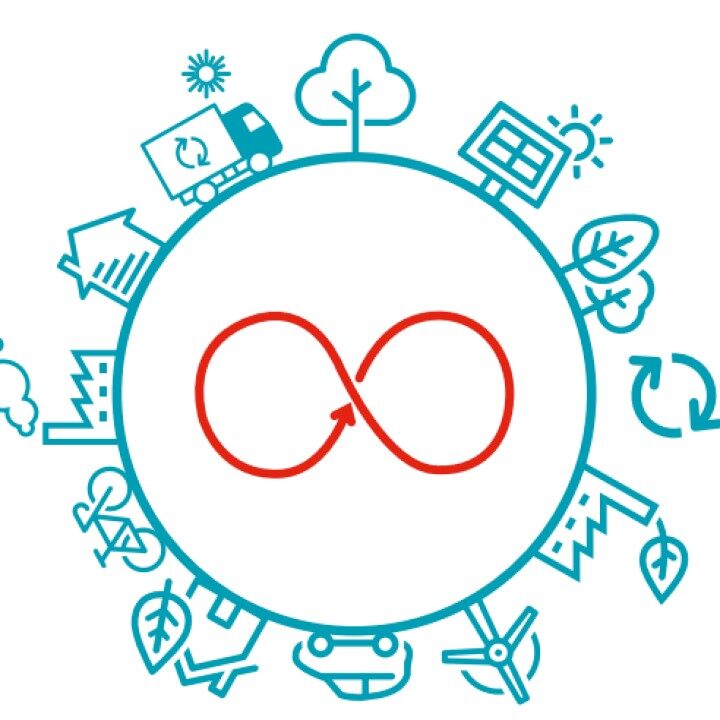CE-Hub, 2024
NICER Case Study: Materials Circularity (MC) Bacterial Cellulose Production & Fibre Spinning
Textiles Circularity Centre, 2022
Overview
The TCC Materials Circularity (MC) research strand produced bacterial cellulose by recycling three different bio-based waste streams for a sustainable polymer production, which was introduced into preliminary trials for a clean production of regenerated cellulose fibres. The University of York produced bacterial cellulose from three different resource flows in the Textiles Circularity Centre, namely crop residues (wheat straw), the biological fraction of Municipal Solid Waste (Bio-MSW) and textile waste (viscose and cotton), to establish the protocol for circular cellulose production. The high-quality polymers produced were spun and regenerated at Cranfield University to demonstrate the principle of fibre spinning using bacterial cellulose. Preliminary trials achieved spinning of regenerated cellulose fibres which can be introduced into textile manufacturing processes (Figure 1).
Case Study Approach, activities & rationale
The MC work introduces a novel option for bio-based textile recycling in a circular economy of sustainable textiles through biological processes as an alternative to chemical recycling. In the context of textiles circularity, the MC biorefinery and biotechnology approach is integral to enabling a closed-loop cellulose-based resource flow of textiles resulting in high-quality polymers and that does not downgrade fibres for textile applications. This work is carried out by Dr Alexandra Lanot, Dr Daniel Upton, Alison Fellgett and Heather Eastmond in the lab of the late Professor Simon McQueen-Mason at the University of York. As part of the research work led by Dr Sameer Rahatekar at Cranfield University, the bacterial cellulose derived from crop residues (Figure 2) is spun into regenerated fibres using an environmentally benign manufacturing process that uses relatively low toxicity ionic liquid solvents compared to the Viscose process to manufacture fibres[1]. Natural dyes such as curcumin (derived from turmeric) are used to achieve yellow colour for the bacterial cellulose fibres (see figure 3), which is based on published data using wood pulp cellulose[2]. The mechanical properties of the resulting fibres are close to Enka Viscose cellulose fibres.
[1] Zhu et al, 2018, High modulus regenerated cellulose fibers spun from a low molecular weight microcrystalline cellulose solution, ACS Sustainable Chemistry & Engineering, Volume 4, Issue 9, Pages 4545-4553
[2] Coscia M. G. et al, 2018, Manufacturing & characterization of regenerated cellulose/curcumin based sustainable composites fibers spun from environmentally benign solvents,, Industrial Crops and Products Volume 111, Pages 536–543
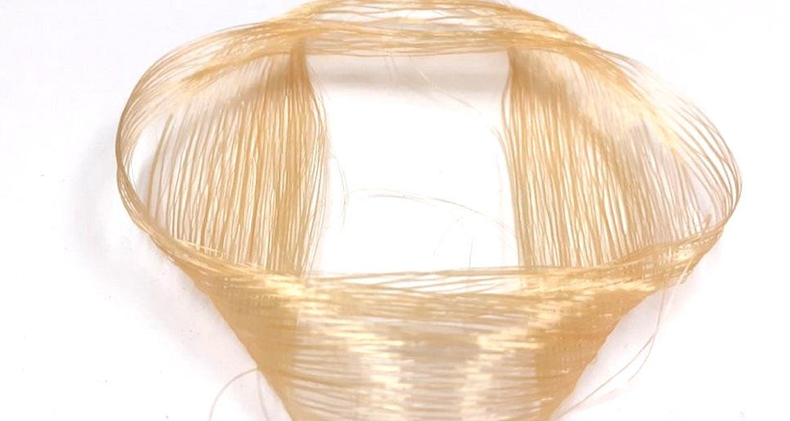
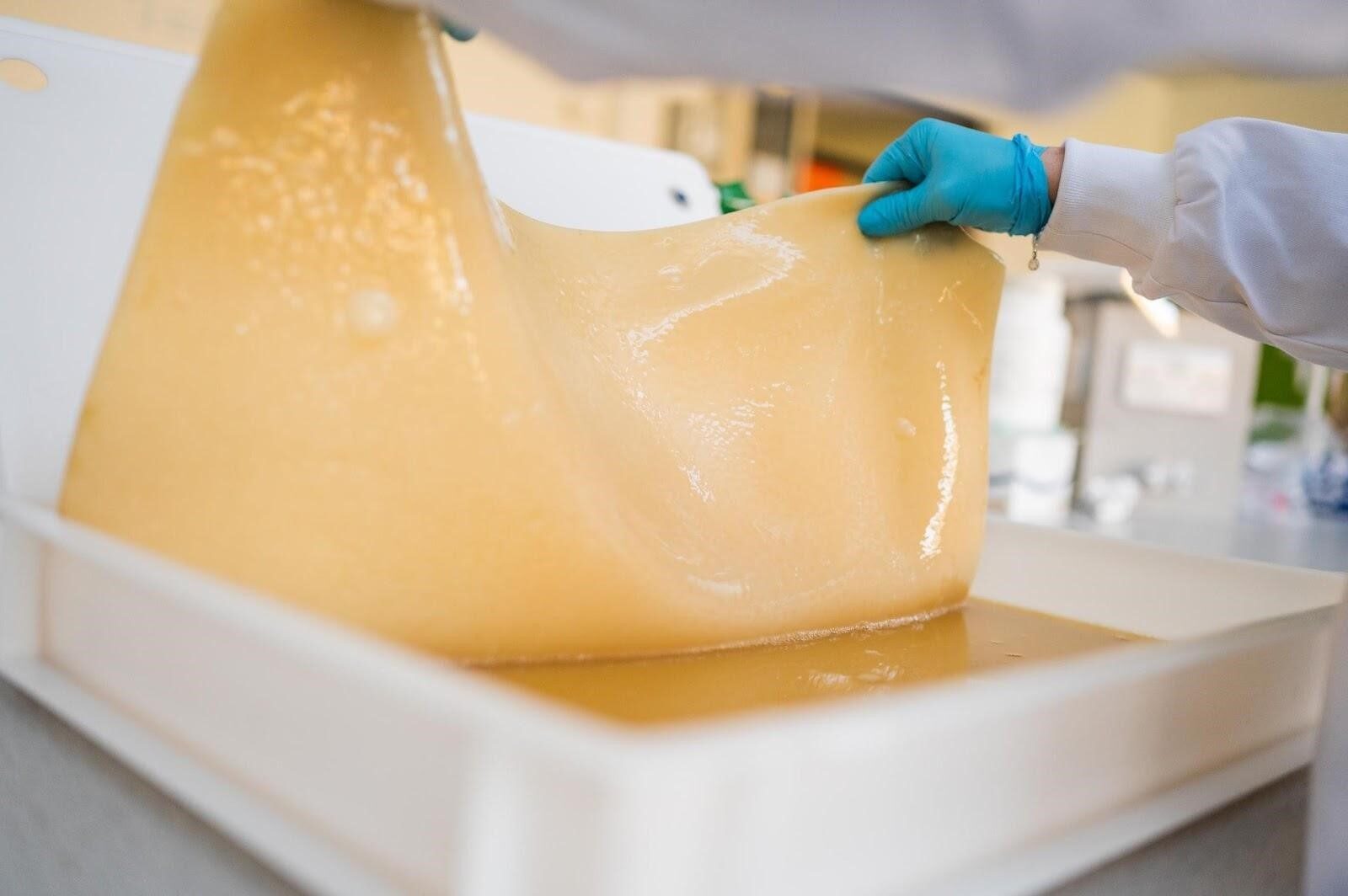
Figure 1 (left): Regenerated fibres spun from cellulose and biopolymer blends (Cranfield University).
Figure 2 (right): Bacterial cellulose production at the University of York
Accelerating Understanding
The TCC has made significant progress on new solutions for regenerative bio-based textile processes that enable change, with the MC team demonstrating the lab-scale production of bacterial cellulose and production of regenerated fibres from bacterial cellulose; unlocking the ability to recycle crop residues, cellulose-based textile waste (cotton, viscose) and the organic fraction of Municipal Solid Waste (MSW) into bacterial cellulose and ultimately clothing that, at end of life, will become feedstock for the bio-process.
The Materials Circularity team is working closely with a range of multiple industry partners to help establish our low-impact bacterial processes for transforming wastes into cellulosic feedstock to replace wood pulp in fibre
production, or directly into fibres. This will show how the environmentally costly pulping stage in fibre production can be eliminated, with multiple benefits. Industry interactions include ongoing, a major fibre manufacturer – to trial our material in sustainable regenerated processes. TCC advisory board member Canopy Planet (a forest conservation organisation) has also established crop residues and MSW as next generation solutions and introduced the University of York to a major waste recycling company. Apparel companies such as BAM Clothing could also help establish these materials to market. Many of these ongoing and new collaborations are in progress and suggest a wider appetite for novel solutions and collaboration opportunities. We are collaborating with Jesmond Engineering (engineering consultants) on developing processes and equipment to allow the scale-up of bacterial cellulose from waste, which will be critical to seeing our lab-based studies progress toward commercialisation.

Figure 3: Regenerated Cellulose Fibres manufactured at Cranfield University using bacterial cellulose from York collaborators. The yellow colour fibres are manufactured using natural curcumin-based dye.
National Leadership & Knowledge Exchange
Dissemination activities underpinning this research demonstrate nationally leading research and impact, and driven knowledge exchange:
- 5 December 2020 – BBC Breakfast feature: media coverage featuring the work and interviews with Professor Simon McQueen-Mason and Dr Alexandra Lanot (University of York), and Dr Sameer Rahatekar (Cranfield University).
- 23 March 2021 – BBSRC network BBNet launch of a proof of principle call on sustainable textiles: presentation by Professor Simon McQueen-Mason.
- 13 July 2021 – Sustainable Futures Festival ‘Making fashion Sustainable’: workshop and presentations at All Saints RC School in York by Dr Alexandra Lanot, and Dr Miriam Ribul, Royal College of Art.
- 20-25 September 2021: TCC annual dissemination showcase during London Design Festival.
- 14 October 2021 – BBNet conference presentation by Dr Alexandra Lanot ‘Bio-manufacturing on the road to a net zero carbon economy’.
- 15 October 2021 – BBNet conference presentation by Dr Sameer Rahatekar ‘Natural Polymer Based Nano-Textiles’.
- 26 November 2021- Ecotextile News article about the TCC by Chris Remington entitled ‘Boosting Britain’s Sustainability ambitions’ with an interview with Dr Alexandra Lanot.
- 01 – 29 November 2021 – ‘COP26: Research with a view’ photography exhibition at the University of York showcasing the work.
- Ongoing in 2022: TCC seminar series [online].
Embedding Research with Stakeholders
The MC team is embedded with business stakeholders including Canopy Planet, viscose suppliers, BAM clothing to help establish the use of low-impact processes for waste feedstock transformation as well as the use of bacterial cellulose as a feedstock for regenerated cellulose fibre production. The MC strand has contributed to the Defra ‘Consultation on the Waste Prevention Programme for England: Towards a Resource-Efficient Economy’ (June 2021) and the response to the BEIS ‘The Role of Biomass in Achieving Net Zero – Call for Evidence’.
Lessons Learnt and Future Steps
The challenge has been scaling the production of bacterial cellulose, as well as modifying the cellulose for application in established textile supply chains. The next step is to foster our collaborations with industry partners to demonstrate that the cellulose we produce from ‘wastes’ can be used to make virgin man-made cellulosic fibres (lyocell, viscose) and that those are functionally equivalent to those made of virgin wood. We also need to confirm that the environmental life cycle analysis of waste-derived MMCFs will show improved sustainability compared to virgin equivalents. To ensure that the concept receives maximum impact, the University of York team has been seeking further funding to investigate these issues. They have been awarded funds for scale-up in collaboration with BAM as part of the University of York’s EPSRC Impact Acceleration Account (IAA) (June 2022).
Large scale facilities for environmentally benign manufacturing facilities for fibre spinning will be required which is currently missing at scale in the UK. Similarly, chemical facilities for manufacturing environmentally benign solvents for cellulose and other biopolymers are also missing. In future we will work on manufacturing regenerated cellulose fibres from bacterial cellulose with systematic studies on the use of natural dyes for potential use in a fabric for sustainable textiles applications. The next steps are to establish the relationship between the cellulose solution behaviour, rheological properties of cellulose solution, fibres spinning process parameters and corresponding mechanical/physical properties of fibres. Cranfield University along with TCC partners will explore funding to pursue the proposed future work.
Further information
Ribul, M.*, Lanot, A.*, Tommencioni Pisapia, C., Purnell, P., McQueen-Mason, S. J., Baurley, S., 2021. Mechanical, chemical, biological: Moving towards closed-loop bio-based recycling in a circular economy of sustainable textiles, Journal of Cleaner Production 326, 129325. *Ribul, M. and Lanot, A. are the two first authors of the manuscript.
